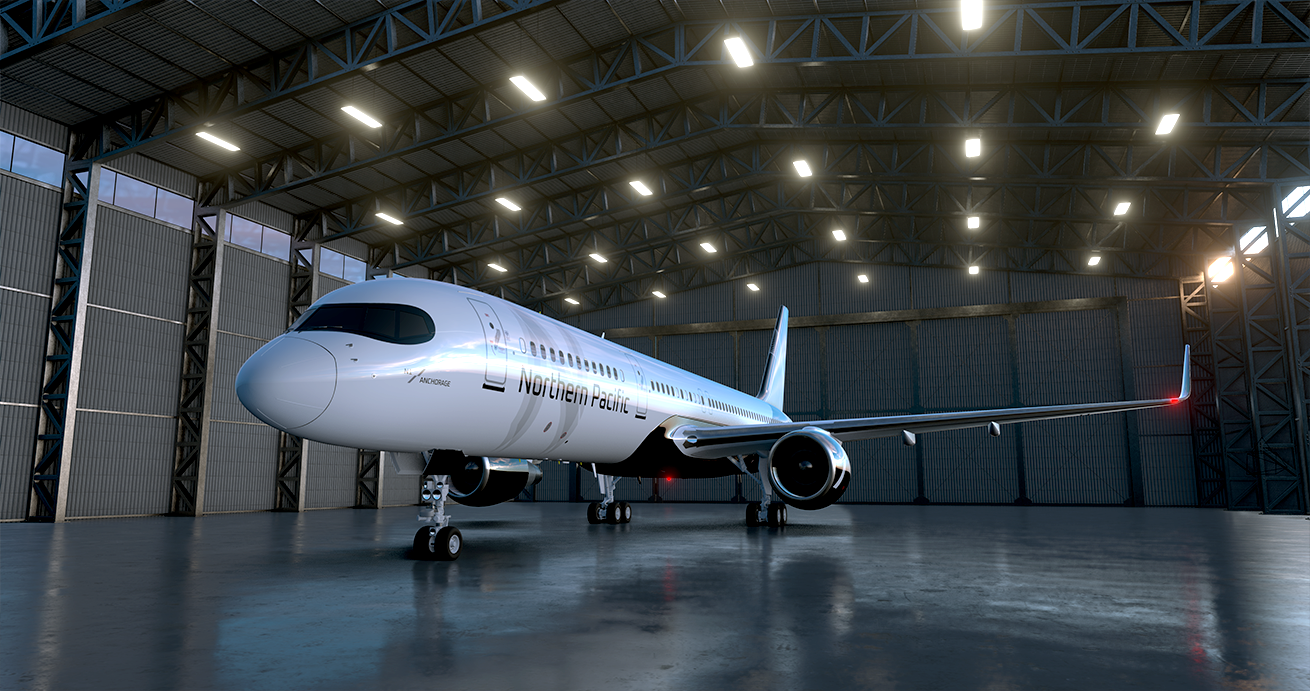04/04/2024
The aviation industry is undergoing significant regulatory changes to reduce carbon emissions and transition towards sustainability. In the ever-evolving landscape, three major directives stand out for their potential to shape the industry's future: the EU Emissions Trading System (EU ETS), Carbon Offsetting and Reduction Scheme for International Aviation (CORSIA) and Refuel EU.
These regulations, while complex, offer significant opportunities for the aviation sector to address its environmental impact and transition towards a more sustainable future.
From Cap-and-Trade to Carbon Cost
The EU ETS, a cornerstone of European environmental policy, operates on a cap-and-trade system, wherein airlines must surrender allowances for their carbon emissions. Over the years, the EU ETS has undergone gradual refinement to strengthen its effectiveness in curbing aviation carbon emissions. One notable development is the gradual reduction of allowances now equating to the right to emit one ton of CO2 annually. From 2026, airlines will face the full cost of emitting carbon, as free allowances taper down to zero on intra-EU flights where the cap has been steadily above 80% since 2012.
This shift is anticipated to impact airlines' bottom lines significantly, potentially leading to increased ticket prices. Morgan Stanley predicts a substantial rise in carbon costs, reaching €120 in 2027 and €135 per tonne by 2030. Additionally, there are ongoing discussions about including non-CO2 emissions in the ETS framework, which could further alter operational dynamics within the industry.

A Global Offset Mandate
Designed to offset international flight emissions, CORSIA was developed under the International Civil Aviation Organization (ICAO) and sets baseline levels for emissions exceeding 85% of 2020 levels. While still in the voluntary phase, all regions have breached the baseline as of the start of this year. The mandatory phase of CORSIA is set to begin in 2027, with individual airlines becoming accountable for their emissions by 2030.
The convergence of CORSIA and EU ETS makes European carriers unique, facing heightened offset obligations. While CORSIA aims to create a unified approach to offsetting aviation emissions on a global scale, the EU ETS focuses specifically on regulating emissions within the European Union. This disparity of both frameworks may lead to increased costs for airlines operating within the EU, prompting questions about the distribution of financial burdens in the industry.
Paving the Way for Sustainable Aviation Fuel
Part of the Fit for 55 package, and only just legislated in October 2023, Refuel EU’s primary goal is to address the EU's target of reducing net greenhouse gas emissions by at least 55% by 2030 under the three-strand regulation.
The first strand aims to reduce tankering by mandating 90% of yearly fuel must be picked up at an EU airport. This ensures that fuel is being picked up when required rather than at a cheaper price so airlines are not carrying extra weight by picking up cheaper fuel in countries outside of the EU.
The second strand of Refuel EU promotes sustainable aviation fuel (SAF) usage along with requirements for aviation fuel suppliers to blend 2% SAF and kerosene from 2025, increasing to 70% by 2050. IATA anticipates a surge in global SAF production, reaching 0.5% of global fuel consumption this year. For more on how SAF reduces aviation emissions and its viability, read here.
The third and final strand is the need for airports to develop the infrastructure needed to support SAF delivery detailed in the second strand. This is expected to be a major focus area for airlines this year.
The implementation of Refuel EU underscores a global shift towards sustainability, with significant progress observed in SAF production and distribution, particularly in the APAC region. Singapore has revealed its SAF blending objectives slated for implementation in 2026, alongside Airbus and Total Energy's collaboration to establish a sustainable hub in the country. Meanwhile, in Australia, LanzaJet has unveiled its partnership with Jet Zero, aiming to establish the first Alcohol-to-Jet (ATJ) plant in the region, converting ethanol into SAF. Partnerships and agreements, such as those between IAG and Twelve, signal increasing momentum towards incorporating SAF into aviation operations.
While these regulations mark significant strides towards achieving net-zero aviation emissions by 2050, challenges remain. The aviation industry must maintain momentum through sustained collaboration and innovation. This includes securing off-take agreements for SAF, investing in production infrastructure, and advocating for supportive government policies.
Crucially, achieving net-zero emissions requires collective action across all sectors of the industry. From major airlines to smaller carriers, everyone must play a role in driving sustainability initiatives forward. By embracing this collective responsibility and working in tandem with policymakers, energy suppliers, and financial institutions, the aviation sector can pave the way towards a greener future.
